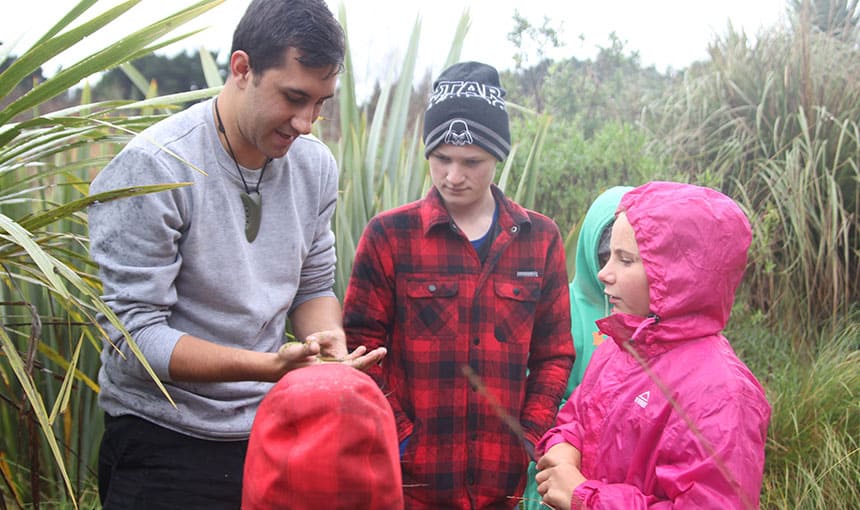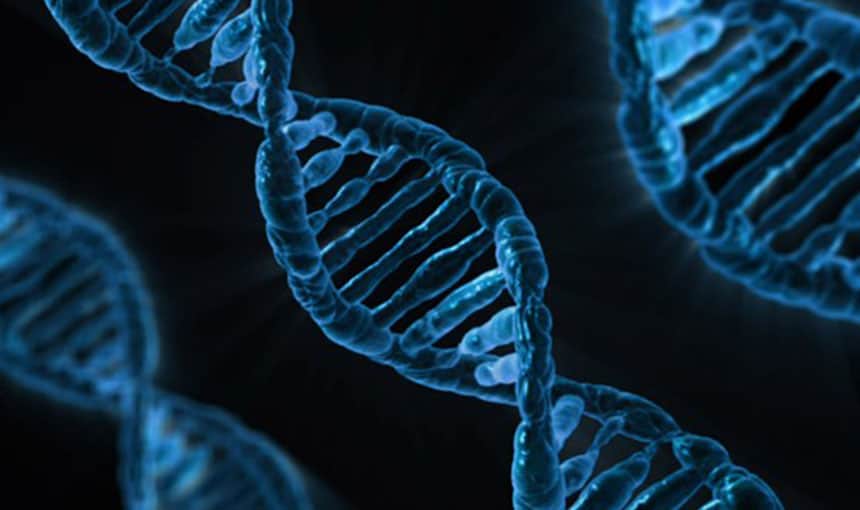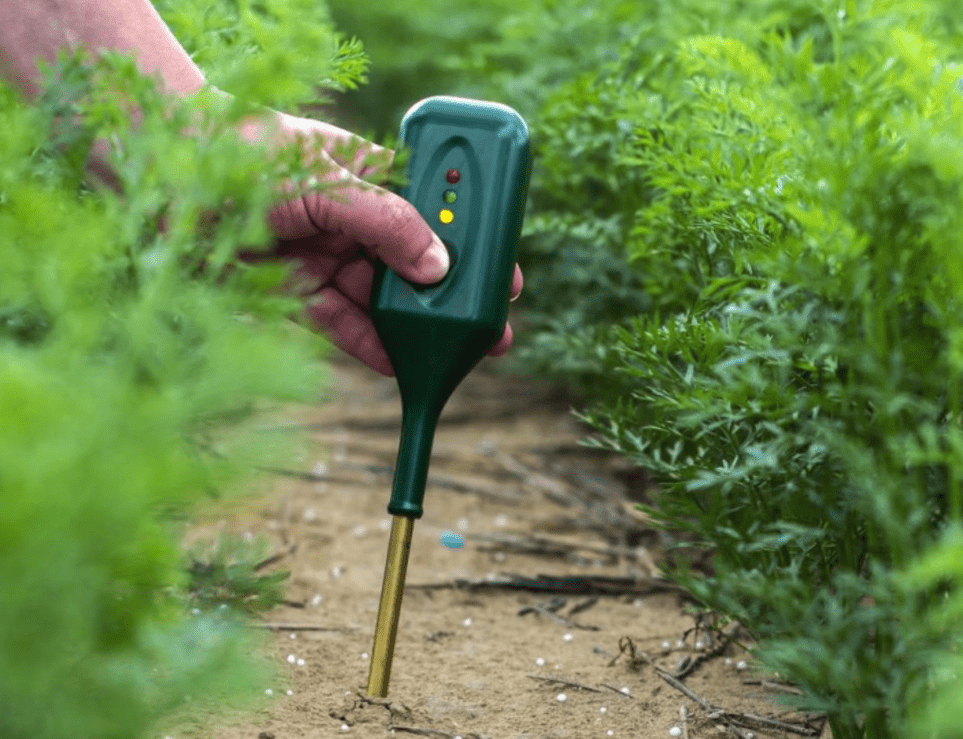eDNA For Environmental Monitoring
In a New Zealand first, researchers have developed a nationwide database to integrate and share eDNA data to allow biological diversity across our diverse landscapes to be assessed and compared.
The inventory of research outputs and resources can be found here:
Overview
The analysis of eDNA requires the extraction and identification of DNA directly from environmental samples such as soil or freshwater.
Environmental DNA, or eDNA, refers to the DNA that is shed or excreted from biological organisms, for example as skin, hair, faeces or urine. It provides a window into the world of biological diversity that is otherwise largely hidden from view.
This powerful new technology is transforming how biological diversity is measured. It is being used by a BioHeritage research team led by Dr Gavin Lear, University of Auckland, to develop a nationwide database – or virtual hub – that integrates eDNA data with existing monitoring programmes.
New Zealand needs state-of-the-art molecular tools, such as eDNA metabarcoding, to detect biosecurity incursions and to assess the state of biodiversity and ecosystem function.
Creating a national database for eDNA information allows these data to be kept in consistent format for use by researchers all over the country, maximising opportunities for biodiversity and biosecurity monitoring.
It has the potential to unite currently disparate data generated across different populations and organisations, plus bring together diverse users including citizen scientists, regional councils, the Department of Conservation, iwi and private landowners.
Highlights
Ultimately, the virtual hub provides robust information that can be used to detect biosecurity threats, assess conservation performance and enable data visualisation.
To date, more than 20 research organisations and consortia are feeding into and using the virtual hub and more are being encouraged to do so. The research team is also collaborating with Australia’s Biomes of Australian Soil Environments (BASE), in line with a strategic intent to partner with relevant international groups in high-impact areas.
In addition to the virtual hub, the research team is exploring potential real-world applications for national biodiversity assessment for primary sectors.
This project is helping the BioHeritage Challenge achieve its goal of empowering New Zealanders so they feel inspired to protect our environment.
Looking for more information?
If you’re looking for any outputs (papers, data etc) from this project that you don’t see on this page please visit our data repository.
Team Members Ngā kaimahi
- Gavin Lear; University of Auckland



